Choosing the Best Non-Lethal Self-Defense Product for You
In today’s world, personal safety is paramount. While firearms are a common choice for self-defense, non-lethal options are gaining popularity due to their effectiveness and reduced risk of fatal outcomes. Here’s a guide to the various non-lethal self-defense products on the market and how to determine which one is best for you.
Types of Non-Lethal Self-Defense Products
- Pepper Spray
- Description: A handheld device that releases a concentrated spray of capsaicin (the active ingredient in chili peppers) to incapacitate an attacker temporarily.
- Advantages: Easy to use, affordable, and effective at close range.
- Considerations: Wind can blow the spray back at the user, and it may not work on individuals under the influence of drugs or alcohol.
- Stun Guns and Tasers
- Description: Devices that deliver an electric shock to immobilize an attacker. Stun guns require direct contact, while Tasers can be used from a distance.
- Advantages: Highly effective in incapacitating an attacker immediately.
- Considerations: Requires proximity to the attacker for stun guns; Tasers can be more expensive and require some training to use effectively.
- Personal Alarms
- Description: Small, handheld devices that emit a loud alarm to draw attention and scare off potential attackers.
- Advantages: Non-violent, easy to carry, and effective in public spaces.
- Considerations: May not be effective in isolated areas where there are no people to hear the alarm.
- Self-Defense Keychains
- Description: Small tools designed to be attached to keyrings, such as kubotans or tactical pens, that can be used to deliver sharp blows.
- Advantages: Discreet, portable, and can be used in close combat.
- Considerations: Requires some training to use effectively and may not be as effective against larger or stronger attackers.
- Batons and Expandable Sticks
- Description: Collapsible batons that can be extended and used to strike an attacker.
- Advantages: Provides a physical barrier and can be effective in keeping an attacker at a distance.
- Considerations: Can be bulky to carry and requires some strength and skill to use effectively.
Determining the Best Option for You
When choosing a non-lethal self-defense product, consider the following factors:
- Personal Comfort and Ease of Use
- Select a product you feel comfortable handling and using under stress. Practice using it to ensure you can deploy it quickly and effectively.
- Legal Considerations
- Check local laws and regulations regarding the possession and use of non-lethal self-defense tools. Some areas have restrictions on certain items.
- Environment and Situations
- Consider where you will most likely need to use the self-defense tool. For example, personal alarms are more effective in populated areas, while pepper spray and stun guns can be useful in both urban and rural settings.
- Training and Familiarity
- Some tools, like stun guns and batons, require training to use effectively. Consider taking a self-defense course to learn how to use your chosen tool properly.
- Portability and Accessibility
- Choose a product that is easy to carry and access quickly. A self-defense tool is only useful if you can deploy it when needed.
In conclusion, the best non-lethal self-defense product for you depends on your personal preferences, lifestyle, and the environments you frequent. Evaluate each option carefully, consider taking a self-defense class, and always stay informed about local regulations to make the best choice for your safety.


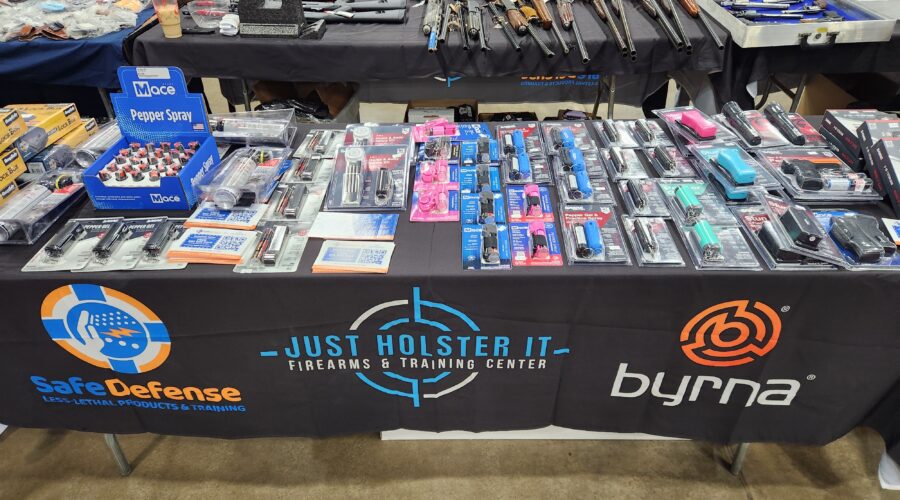

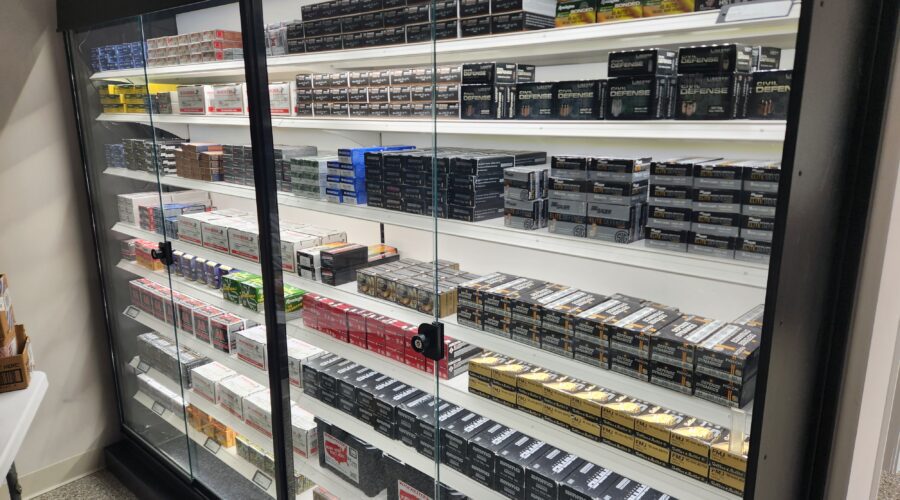
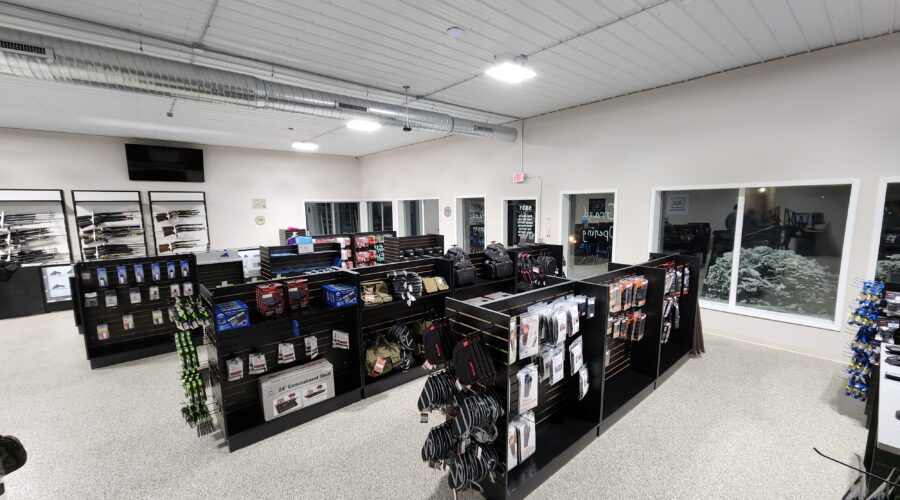
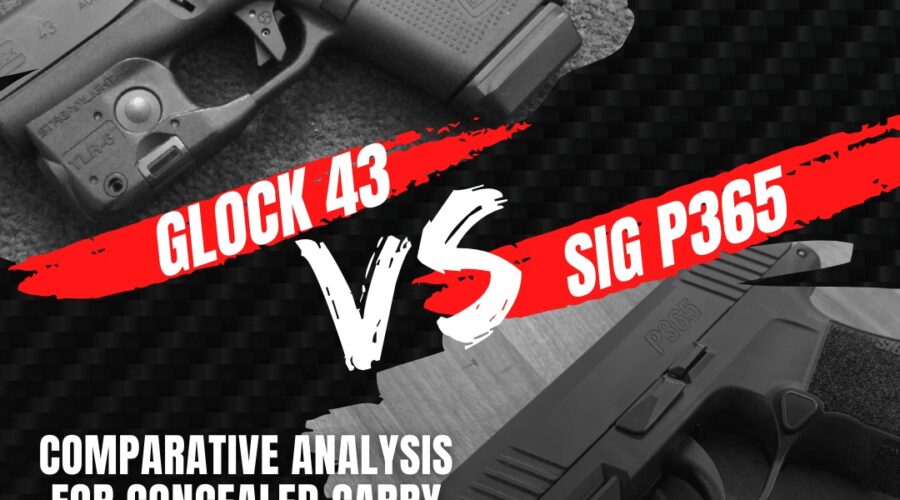
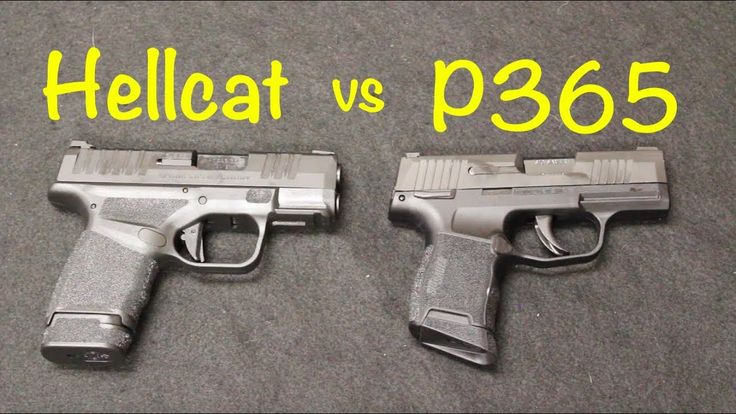


Recent Comments